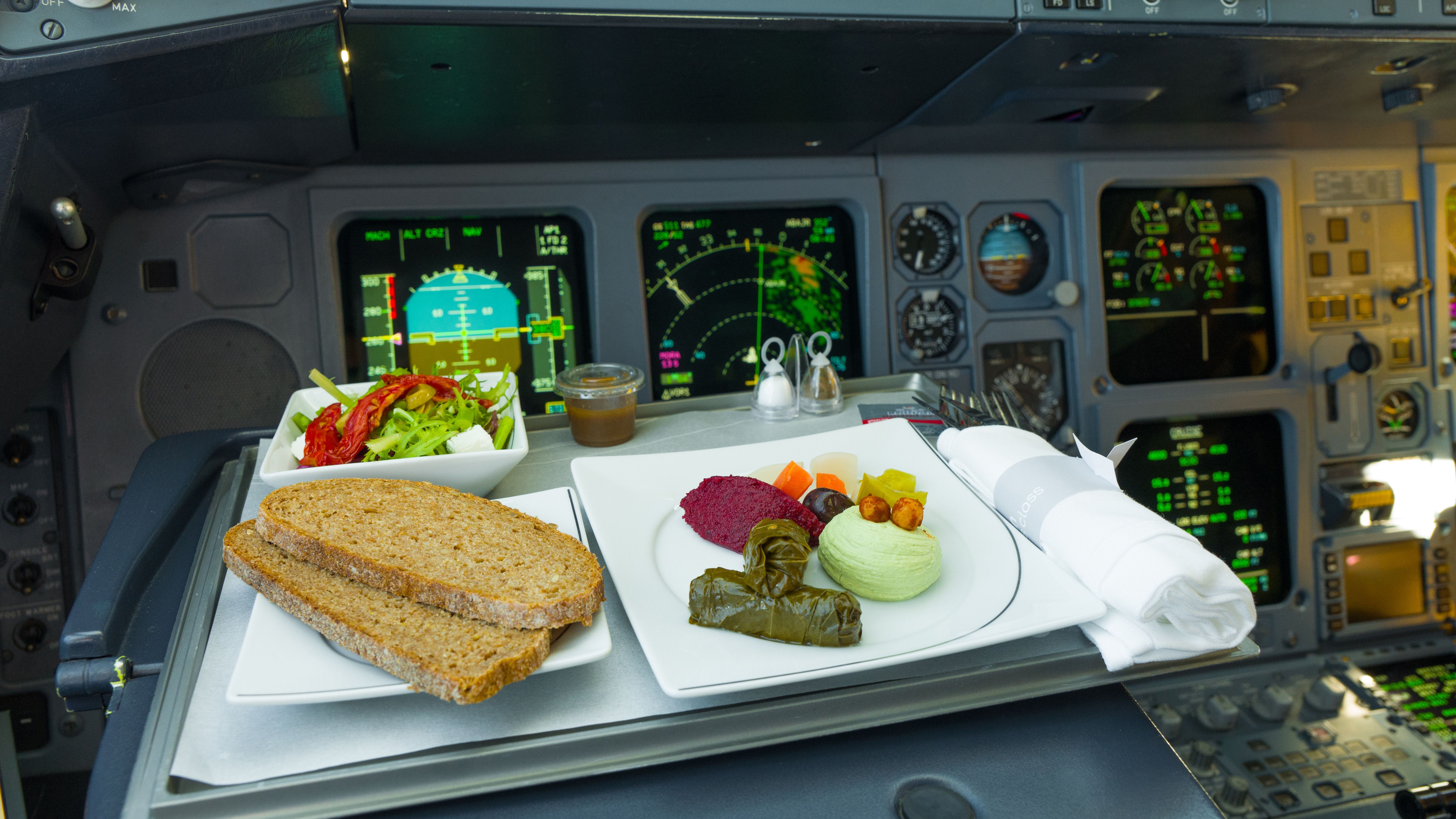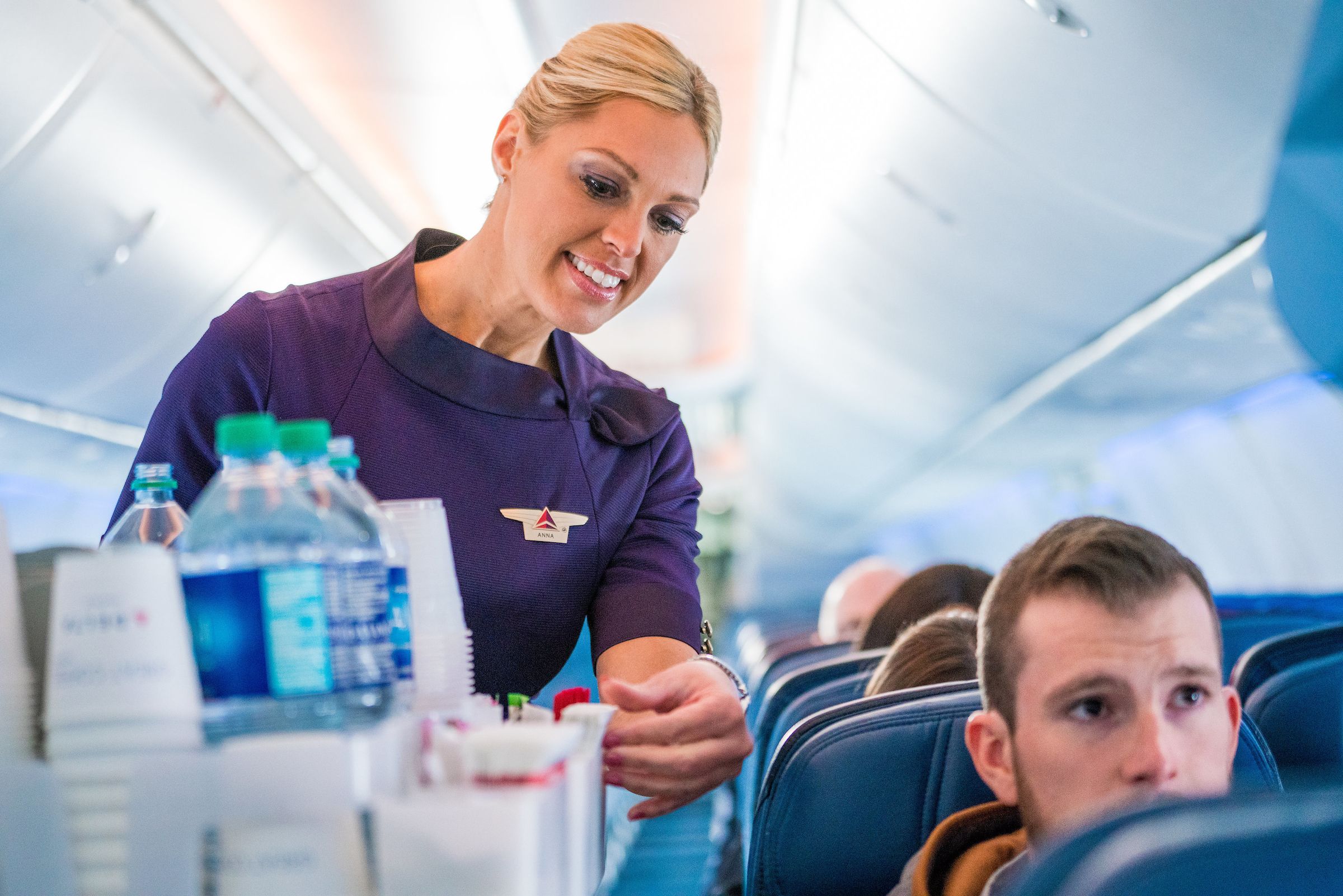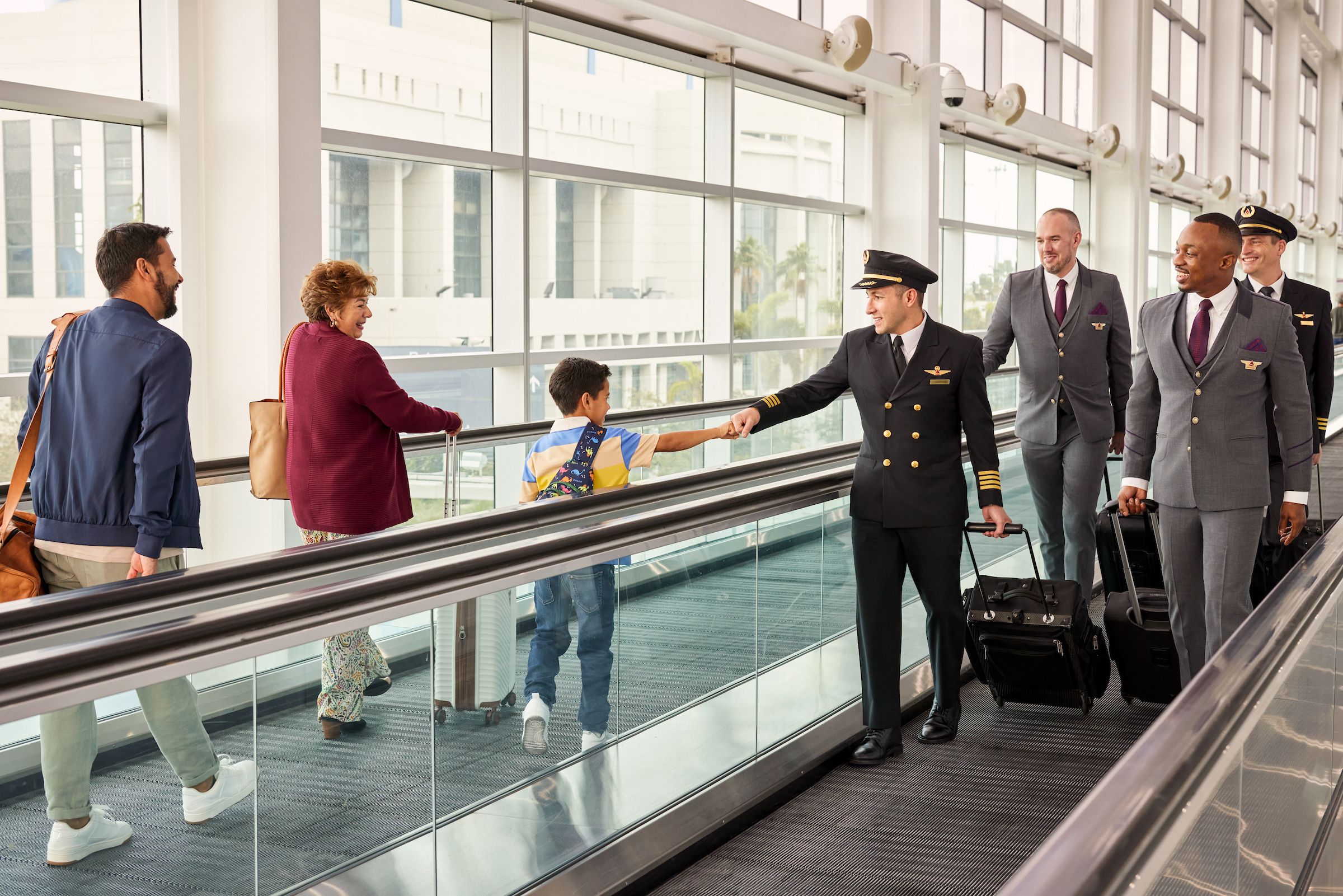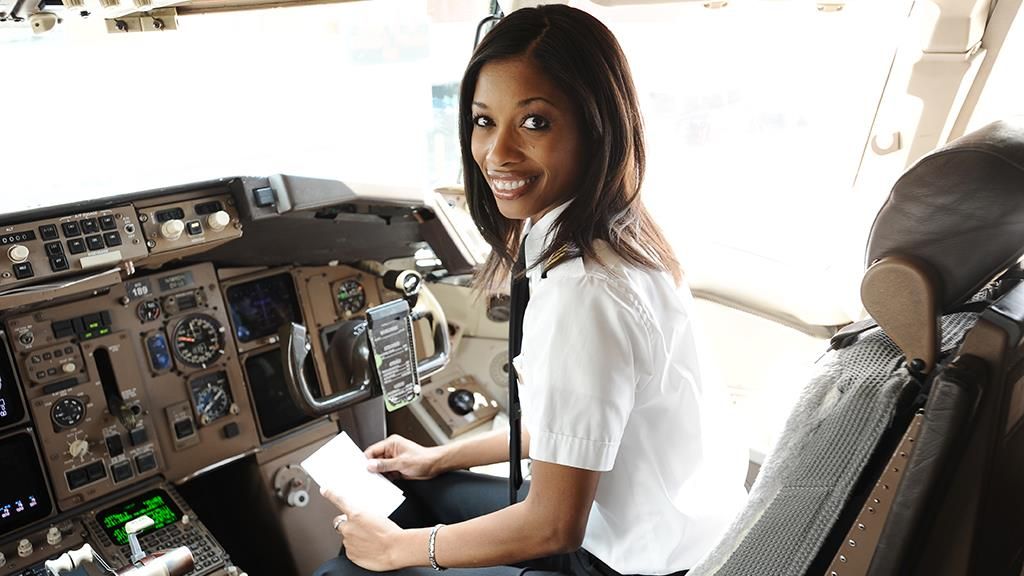Summary
- Pilots often bring their own food for short-haul flights, but for long-haul flights they can eat leftover onboard service meals.
- Some airlines provide exclusive meals for pilots, such as sushi, salads, or fruit and cheese plates.
- Pilots are advised to remain hydrated and often carry a one-liter bottle of water for every eight hours on duty. Coffee is also a popular choice.
Pilots spend a good portion of their days flying between cities in the aircraft’s cabins. In these periods, they have to eat –just like everyone else. However, there are many rumors about what they eat. Do they bring their own food or are they served the same meal as the passengers? Do they eat the same food or have different meals to avoid the possibility of food poisoning? Let’s find out.
What do pilots eat?
Like many questions in the airline industry, the answer varies greatly from company to company and even from flight to flight. It is not the same to pilot a short-haul, two-hour flight as a long-haul, fifteen-hour service.
Here at Simple Flying, we contacted several airlines to learn more about their pilot’s dietary restrictions and trends. At Mexico’s Aeromexico, what the pilots eat onboard the plane mostly depends on the length of the trip. The airline’s pilot union (ASPA) told Simple Flying that, in short-haul and medium-haul trips, the pilots mostly bring their own food (the same applies throughout other airlines and also for cabin crew members; I’ve seen Viva Aerobus’ flight attendants heat their own food on a short-haul flight between Mexico City and Cancun and eat).
During long-haul services, Aeromexico allows pilots to either bring their own food or eat whatever’s left from the onboard service. While it is not mandatory, Aeromexico’s first officers and captains tend to eat different meals during flights. This is to avoid the possibility of food poisoning striking both pilots and putting the flight in a tricky situation.
Other airlines have agreements with their food caterers to develop meals exclusively for their crews. As a Flexjet pilot told Conde Nast Traveler, they can often enjoy meals such as sushi, salads, or fruit and cheese plates. “Ultimately, as a pilot, you’re traveling so much of the time, so it’s important to focus on eating clean and healthy.”
In between flights, during layovers, pilots and cabin crew members often hit the town searching for dining venues that adjust to their budgets. As Captain Doug Morris wrote in 2021 for Air Canada’s enRoute magazine, “We could probably write a guidebook on budget eats.”
Finally, one of the most important things pilots must remember when flying is to remain hydrated. The recommendation is that a one-liter bottle of water is boarded for each pilot for every eight hours on duty. However, pilots are often avid consumers of coffee as well (who’s not, really?).
Do pilots eat different meals to avoid food poisoning?
Every airline has its own protocol to provide food to its cabin crew members. For instance, Virgin Atlantic requests its pilots to have different meals to avoid possible joint gastrointestinal illness.
The Australian Transport Safety Bureau (ATSB) recommends that “in high capacity air transport operations, the practice of ensuring all pilots on the same flight eat different meals prior to and during the flight has been an effective defense preventing all pilots on the same flight becoming incapacitated at the same time.”
Air Canada also provides different meals to their captains and first officers to keep things safe. The Canadian airline also has separate crew meals, depending on whether they are operating an international or a domestic flight. It also provides special meals for crew with dietary concerns.
What are your thoughts about what pilots eat when on an aircraft? Do you have any of your own experiences to share when it comes to in-flight meals? Also, has your encounter been different when working for other airlines? Let us know your thoughts on the onboard options in the comment section.




